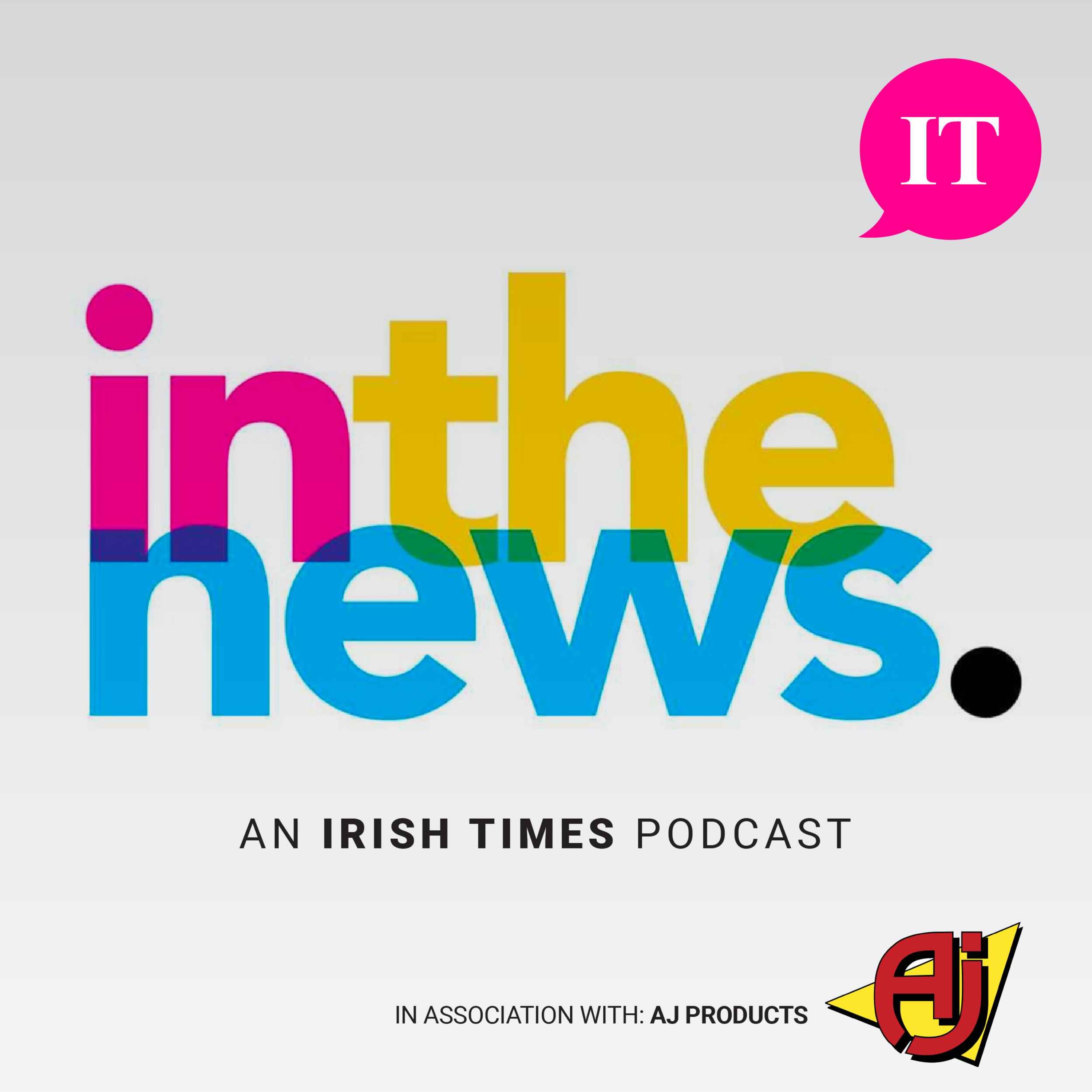A new chapter in the fractious relationship between Iran and the US began this week with America’s bombing of three Iranian nuclear-development sites; Iran’s retaliatory strike on a US military base in Qatar, and the tentative ceasefire in the Israel-Iran war announced by President Donald Trump.
The two countries have history: Key dates include 1953 when a CIA-orchestrated a coup, with British support, overthrew Iran’s democratically elected government and installed the monarch in exile, Mohammad Reza Pahlavi – the Shah of Iran; 1979 when Iranians, rebelling against his autocratic rule and fuelled by anti-American sentiment ousted the Shah putting the theocratic revolutionaries in power with their hard-line rule; November 4th, 1979 when Iranian students held more than 50 American citizens hostage at the US Embassy in Tehran in captivity for 444 days; and 1980 when US-Iran diplomatic relations broke down and stayed that way until US President Barack Obama struck a deal in 2013 with Iran to curtail its burgeoning nuclear programme.
In his first presidency Trump called that nuclear deal “the worse deal over” and pulled the US out. This left the way open for Iran to ramp up its nuclear programme.
But what happens now? Are the days of diplomacy over and how will Iran react?
Protesters return to Citywest but urge crowds not to engage in violence
‘Stop blaming the Brits’: United Ireland would pose threat to Britain from Russia, says ex-Nato commander
High Court rejects ‘entirely baseless’ challenge from Dr Cora Stack to presidential election nomination rules
Silence in court as Soldier F, who sat obscured from view, was found not guilty
Borzou Daraghi, Iranian-American journalist and long-time Middle East-based Journalist, explains.
Presented by Bernice Harrison. Produced by John Casey.


























